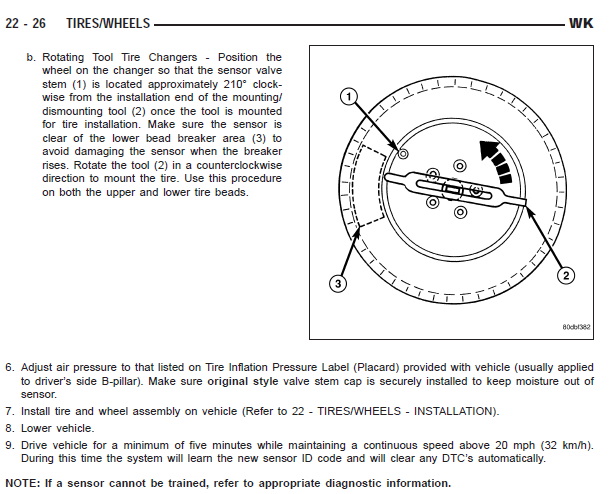More than a few of us have spent time looking for the placard with a vehicle’s tire pressure recommendations. And more than a few consumers have looked at their owner’s manual or that elusive placard and wondered why the pressures there are different from the maximum pressure on the tire’s sidewalls.
How do the automobile manufacturers and their tire suppliers come up with those numbers?
It starts with the load the vehicle is designed to carry and the size of the tires installed on it. Worldwide, several organizations exist with the primary purpose of establishing and publishing interchangeability standards for tires, wheels, valves and allied parts.
In the U.S., this standardizing body is the Tire and Rim Association (TRA). Its European equivalent is the European Tire and Rim Technical Organization (ETRTO). The Japanese Automotive Tire Manufacturers Association (JATMA) has that respon-sibility in Japan. There are other similar organizations, but those three are the major players.
None of the major standardizing organizations is government mandated or regulatory. The organizations, and the standards that they set, are all voluntary. There is no legal obligation for any tire or auto manufacturer to abide by the standards. However, for practical and legal liability purposes, it simply makes sense to follow the standards and all vehicle and tire manufacturers use them.
While TRA, ERTO and JATMA all use slightly different protocols, they consult with each other and their standards are all very close. These organizations establish a range of standard dimensions for each tire size so that the proportions of all tires of a particular size are very similar. This assures that all tires of a specific size are interchangeable, at least in terms of their physical dimensions.
They also set each tire’s “load curve,” which is the relationship between inflation pressure and the tire’s maximum load carrying capacity. Like the size standards, there are some slight variations among the different organizations’ load curves, but they are not significant.
Part of each load curve standard is the point at which the load curve stops going up. For TRA p-metric standard load tires, it is at 35 psi. Equivalent ETRTO and JATMA tires peak at 36 psi. Interestingly, all of the standardizing organizations agree that standard load passenger car tires can (and should) use optional higher inflation pressures (44 psi or 51 psi) for certain circumstances such as high speed driving. However, these higher inflation pressures generally provide no increase in load carrying capacity and in some circumstances specify a reduction in load for high-speed use.
So the auto manufacturer knows what a vehicle weighs and knows how much weight can be added in fuel, passengers, cargo, etc. They can look at the load curve of the particular size that they have selected. To this number, auto manufacturers usually add a safety factor of around 10%.
For passenger cars, SUVs and light trucks, the load curve number launches a series of negotiations.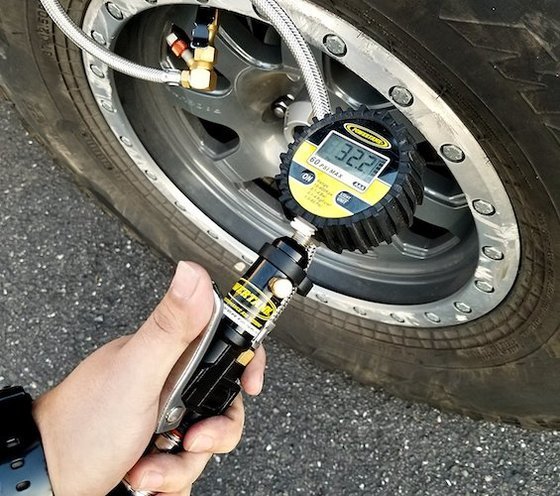 The engineers responsible for the vehicle’s handling are likely to lobby for additional inflation pressure to improve handling. Similarly, lower rolling resistance results in better fuel economy and leads to demands for higher inflations. Cars likely to see high-speed bring with them engineers insisting on more air pressure. On the other hand, ride considerations are an important consideration and that calls for lower inflation pressures.
The engineers responsible for the vehicle’s handling are likely to lobby for additional inflation pressure to improve handling. Similarly, lower rolling resistance results in better fuel economy and leads to demands for higher inflations. Cars likely to see high-speed bring with them engineers insisting on more air pressure. On the other hand, ride considerations are an important consideration and that calls for lower inflation pressures.
Today, the results of these nego-tiations are inflation pressures typically in the 32 psi to 35 psi range. If the champions of improved ride had their way, the 26 psi to 28 psi range that was common a few years ago would be more common. The safety factor of the higher inflation pressure seems to be carrying the day with automakers. After all, no one wants a repeat of the fiasco of when Ford set the recommended pressures on first generation Explorers at 26 psi.
In that situation, recommended inflation pressures too low to provide an adequate safety factor were frequently combined with poor maintenance, overloading and high ambient temperatures to produce a series of often-deadly accidents (250 deaths and 3,000 serious injuries were attributed to the problem).
Other factors keep the process of determining recommended pressures from being completely cut and dried.
Aesthetics is often a big factor when automakers choose tire sizes, and the emphasis on style versus substance can complicate the negotiations. The popularity of extreme low-profile tires has required significant increases in recommended pressures. Cars likely to see significant high-speed often force auto manufacturers to lower load limits, move to higher tire speed ratings such as W or Y, or go to recommendations of up to 51 psi.
Although the process starts with load and seems like it would be simple, nothing is etched in stone.
The recommended pressures go onto the vehicle’s tire information placard once the engineers make their final decisions. Beginning in 2003, federal regulations required automobile manufacturers to place tire information placards in a standardized location and follow a common format. The tire information placards identify the OE tire sizes and inflation pressures (including the spare), along with the vehicle weight capacity.
All new vehicles must now have a placard located on the driver’s side doorjamb (the B-pillar). If a vehicle does not have a B-pillar, then the placard is to be placed on the rear edge of the driver’s door. And if the vehicle does not have a B-pillar and the driver’s door edge is too narrow, the placard is to be affixed on an inward facing surface next to the driver’s seating position.
In addition to providing the OE tire size(s) and recommended inflation pressure(s), vehicle manufacturers must also identify vehicle load capacity with the following sentence: “The combined weight of occupants and cargo should never exceed XXXX pounds.”
For vehicles produced between 1968 and 2003, the original tires size(s) and inflation pressures were listed on a placard usually found on the driver-side door or doorjamb, rear passenger doorjamb, fuel filler door, glove box or center console door or inside the engine compartment.
Sometimes alternate pressures based on load or speed conditions are also provided.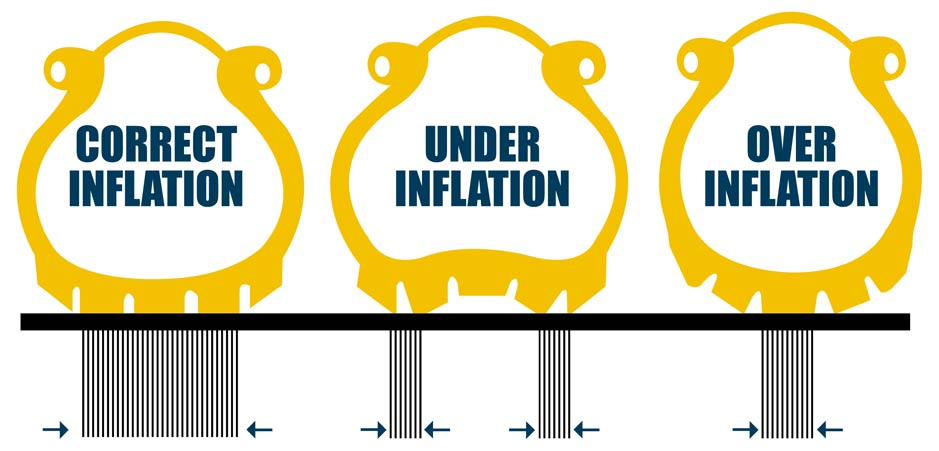
Consumers are often confused because federal safety regulations also require tire sidewalls to contain information about a tire’s maximum load capacity and maximum inflation pressure. For P-metric standard load tires, the maximum pressure listed on the sidewall will be 44 psi or 51 psi, even though the pressure where the maximum load occurs is 35 psi or 36 psi. On the sidewall, this would look like “Maximum Load XXXX lbs. Maximum Pressure YY psi.”
A few manufacturers interpret the regulation to mean the maximum load and the corresponding inflation pressure (“Maximum Load XXXX lbs. at YY psi”). Either way, too often consumers see the maximum inflation pressure on the sidewall and believe that is the correct pressure for their car.
Look at some of the online forums and you will see that the arguments about relying on the placard or the tire sidewall can be animated.
Regardless of the information on the tire sidewall, assuming the right size tire is installed on the vehicle the placard is the correct information.
While the maximum load of the vehicle is the primary factor in establishing the recommended pressures, many other considerations went into the calculations. Don’t make changes lightly. Varying from the vehicle manufacturer’s recommendations requires careful consideration of why you want to make the change and the possible safety implications.
In this article:tire technology
When you maintain proper tire pressure, you ensure that you’ll get more life of your tires. On the other hand, improper tire inflation may result in rapid or irregular wear, which can cause significant internal tire damage, and can lead to sudden tire failure and result in serious injury.
Watch this how-to video to make sure you know how to check tire pressure so you can maintain the right level of pressure in your vehicle’s tires.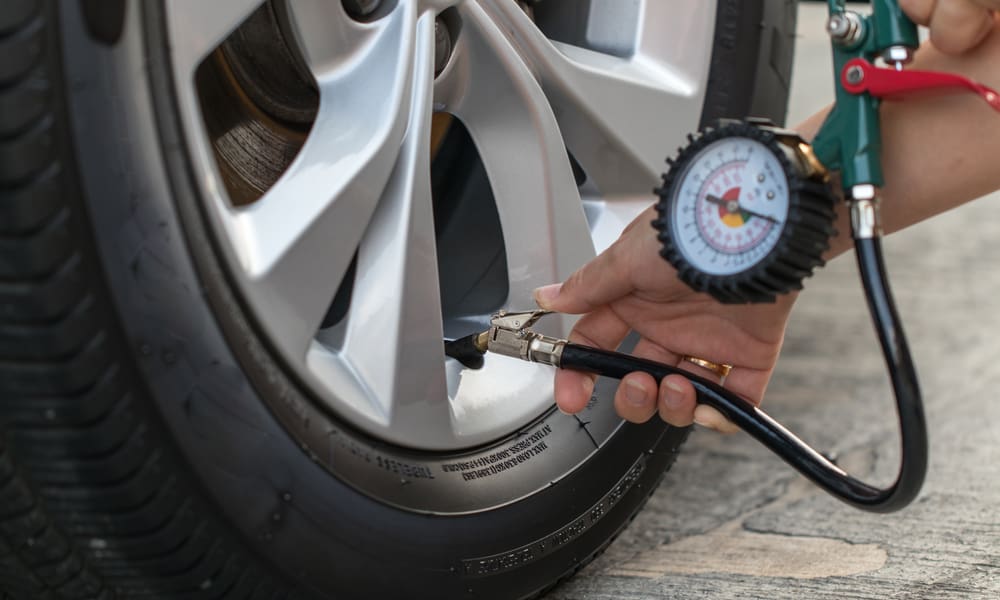
You should check tire pressure at least once a month. Make it part of your monthly maintenance because on average, tires lose approximately 1 pound per square inch (PSI) of tire pressure every month. PSI refers to the minimum amount of air pressure needed to support your vehicle at its maximum load.
Tire pressure can also change drastically in winter temperatures. For every 10 degrees F change in ambient temperature, tire pressure will change by approximately 1 PSI. That’s why you always check pressure when the tires are cold, meaning they haven’t been driven for at least three hours. The U.S. Tire Manufacturers Association’s summary of the basic tire care essentials reiterates the importance of proper inflation.
Drivers who would like to have their tire pressure checked during National Tire Safety Week or ahead of a summer road trip are invited to visit any Bridgestone Retail Operations store – Firestone Complete Auto Care, Tires Plus, Hibdon Tires Plus, and WheelWorks– for a free tire pressure check and tread assessment. Tire assessments and pressure checks are provided courtesy of all Bridgestone retail store teammates every day of operation, year-round.
Tire assessments and pressure checks are provided courtesy of all Bridgestone retail store teammates every day of operation, year-round.
Use a tire pressure gauge to make sure your tires have proper inflation pressure, and then fill your tires with air as needed. Many people mistakenly think that the correct inflation pressure is located on the tire’s sidewall. What’s listed on the sidewall is the maximum inflation pressure for the tire, but keeping your tires at the maximum PSI could make them wear faster or compromise your traction or braking abilities;
 Check for your tires’ recommended pressure on the driver’s side door jamb or in your vehicle owner’s manual. Also, be sure to check your tire pressure before you hit the road as your tires may read as having a higher psi after a long drive.
Check for your tires’ recommended pressure on the driver’s side door jamb or in your vehicle owner’s manual. Also, be sure to check your tire pressure before you hit the road as your tires may read as having a higher psi after a long drive.Learn about our mission, our achievements, and our ongoing commitments
Read Our Origin Story
1. Tire and tire pressure recommendations
2. Pressure unit correspondence table
3. Why are deviations in tire pressure dangerous?
- Risks of insufficient tire pressure
- Risks of high tire pressure
4. How does tire pressure affect driving comfort and safety?
- Strengthening due to pressure
- Tire pressure for driving on the highway
- Off-road pressure
- Pressure and fuel economy
5.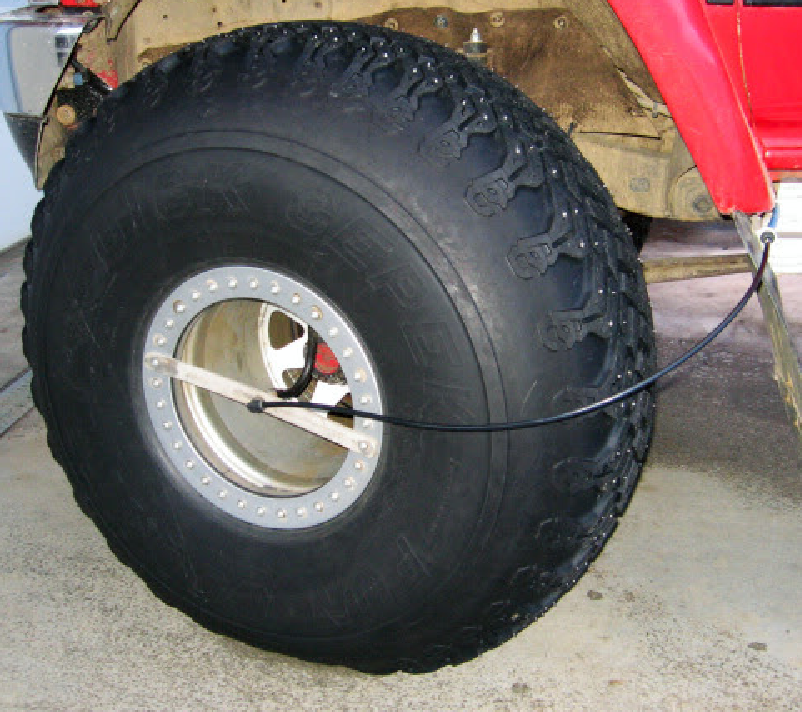 How does tire pressure depend on the season?
How does tire pressure depend on the season?
- Winter tire pressure
- Tire pressure in summer
6. How to check tire pressure?
7. How often should blood pressure be measured?
Headed out on the road? Check tire pressure. Permanent advice, which, alas, is often forgotten. In the meantime, properly inflated tires make driving comfortable, driving safer, and tire life longer. What should be the pressure? What are the dangers of over-inflated or under-inflated tires? We have collected answers to all questions, as well as useful tips, in one article. Everything written below will help you not only make your trip safe, but also save your budget. How? Read and level up.
What should be the pressure?
Recommendations of car and tire manufacturers
So, let's start with the banal. Each car manufacturer has standards and recommendations for the level of inflation pressure in tires.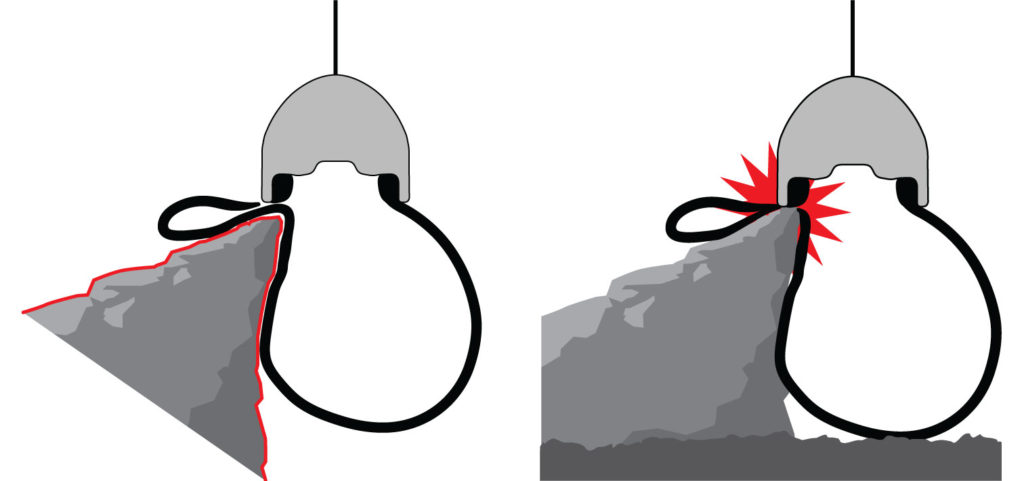 It's always best to stick with them. You can find the numbers you need:
It's always best to stick with them. You can find the numbers you need:
* In the vehicle owner's manual
* On a special sticker inside the car (usually on the car door, B-pillar or gas cap)
* In the form of a QR code (relevant for the latest models, especially premium ones; the sticker with the code is located in the same places)
These cheat sheets contain all the information you need. The manufacturer stipulates not only the optimal level of internal tire pressure, but also the limits to which it can be increased or decreased relative to the norm. The amount of pressure depends on the size of the tires, on some cars the recommended pressure for the rear and front wheels differs. To summarize, for most passenger cars, the recommended constant tire pressure ranges from 2-2.5 atmospheres. This is the norm not only for a comfortable and safe ride, but also for fuel economy.
Tire manufacturers also indicate pressure on the label. But there is an important point here! The number on the sidewall of the tire is not the norm to strive for, but an indicator of the maximum pressure that the tire can withstand and not burst.
But there is an important point here! The number on the sidewall of the tire is not the norm to strive for, but an indicator of the maximum pressure that the tire can withstand and not burst.
Correspondence table for pressure measurements
Tire pressure is measured in two units: atmospheres (or bars) and psi. Bars are the most common, it is in them that the pressure is measured in gauges in tire shops and gas stations. However, in some countries it is psi that is used - pounds per square inch. To avoid confusion, it is worth remembering that one psi corresponds to 0.068 bars.
Why are deviations in tire pressure dangerous?
Tire pressure affects how long tires last and how quickly they wear out. And not only. If the tires are over-inflated or, conversely, under-inflated, then their critical properties such as traction, vehicle directional stability when driving, handling (especially when cornering and on uneven surfaces), braking distance and resistance to aquaplaning will change.
Why is this happening? To answer this question, elementary knowledge of physics is enough. With the right gas pressure from the inside to the tire, the tire retains exactly the shape that was intended by the manufacturer. The contact patch of the tire with the road is also optimal, because the tread at optimal pressure also retains its shape and the necessary degree of flatness so that its pattern moves along the surface as it should (see figure).
The most dangerous situation is when there are different pressures in different wheels of a car. Yes, some manufacturers allow different pressures in the front and rear wheels, but in pairs, tires on the wheels of the same car axle must still match. If the pressure is not the same everywhere, then the car, when driving, will roll towards the “sagging” wheel - that is, the one where the pressure indicator is the lowest. Such a situation is a reason for technical inspection. If one of the tires loses pressure, it may be damaged.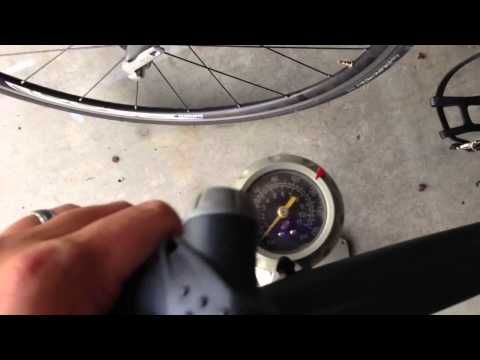 A change in pressure can also be the result of a misaligned wheel rim or a defective spool causing air to leak.
A change in pressure can also be the result of a misaligned wheel rim or a defective spool causing air to leak.
- Risks of insufficient tire pressure
Tires with low internal pressure or, in simple terms, under-inflated tires lose their shape when driving. They become softer, more pliable, and the weight of the car, especially at speed and when cornering, makes them literally sag and sag. What does it threaten?
Uneven wear. The side treads wear out faster than the middle tread because the tire has more contact with the road due to tire deformation.
Rolling resistance increases, which causes the tire to heat up more.
Acceleration time is increased.
Increased fuel consumption.
Threatening the integrity of the tire carcass and its rubber, especially in the side parts, which can lead to sidewall rupture. This can be warned by a worn strip that appears around the entire circumference of the tire - this is evidence of chafing of the cord threads.
Risk of tire dismantling. An under-inflated tire may come off the disc seat.
Tires deformed by long-term use at low inflation pressure become unsuitable for further use. Even if the pressure in them is brought to normal, the risk of rupture in the weakened parts remains. If you want to avoid unnecessary expenses - do not strain the tires.
- Risks of high tire pressure
With increased tire pressure, the part of the tread that should be flat and provide reliable traction becomes convex, literally swells up like a ball. As a result, the contact patch of the tire with the road is much smaller than planned by the manufacturer. Why is it dangerous?
The tread wears unevenly, faster in the middle than on the sides.
Decreased grip and handling.
Due to the reduction in the area of contact between the tire and the road, the braking distance increases.![]()
If the tire pressure is too high, the tire runs the risk of exploding.
Long driving on tires with high pressure overstresses the cords, such a tire will last much less.
The deformed contact patch of the tire with the road interferes with the effective removal of water, as a result, hydroplaning can occur on a wet surface.
How does tire pressure affect driving safety and comfort?
Sometimes the pressure in the tires still needs to be lowered or increased. It depends on certain driving conditions or the quality of the surface. For a short period of time, this will improve the driving characteristics of the car and driving safety. Of course, everything is within the manufacturer's recommendations, however, even small changes can greatly affect driving comfort.
- Increasing tire strength due to pressure
A slight increase in pressure can slightly raise the "tensile strength" of tires under excessive loads.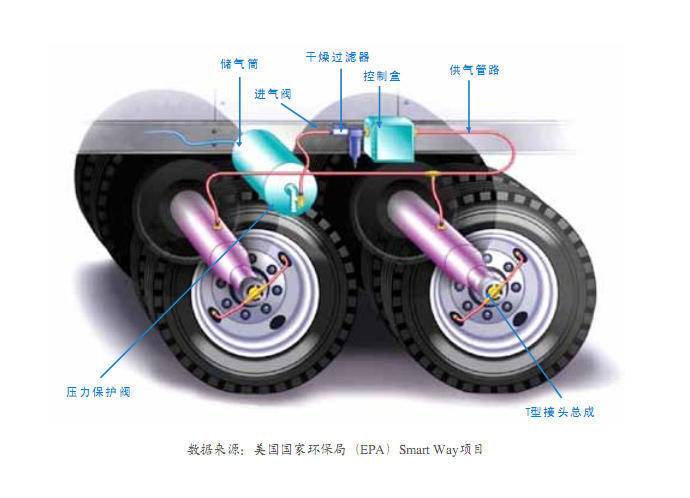 Yes, overloading the car is bad, but sometimes you have to, especially when the summer season is on the nose. This is especially true for a car with an attached trailer, which increases the load on the rear wheels. Tires at least on the rear axle in this case, it is better to additionally pump up 0.2-0.3 bar. From the additional load, they still “sag” a little.
Yes, overloading the car is bad, but sometimes you have to, especially when the summer season is on the nose. This is especially true for a car with an attached trailer, which increases the load on the rear wheels. Tires at least on the rear axle in this case, it is better to additionally pump up 0.2-0.3 bar. From the additional load, they still “sag” a little.
- Tire pressure for highway driving
Long and high-speed races on highways for tires are a strong test. Therefore, even the manufacturers of many cars advise in the operating instructions: before a long trip on a flat road (more than an hour at a speed of 115 km / h), it is better to slightly increase the tire pressure. The increase should be small - 0.2 atmospheres (bar). This recommendation also takes into account the fact that the pressure in the tire itself will increase from the heating of the tire.
- Off-road pressure
Tire pressure adjustment can help you get through difficult terrain.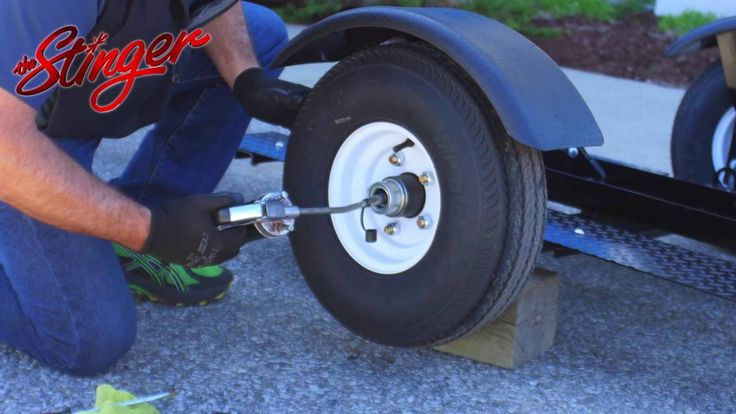 Driving on sand, snow, mud and wet grass will be easier if you lower the tire pressure a little. This maneuver will increase the contact patch of the tire with the surface, increase grip, and the car will be less likely to get stuck and skid. The main thing is to keep a low speed, and when the difficult section is left behind, restore the correct tire pressure again.
Driving on sand, snow, mud and wet grass will be easier if you lower the tire pressure a little. This maneuver will increase the contact patch of the tire with the surface, increase grip, and the car will be less likely to get stuck and skid. The main thing is to keep a low speed, and when the difficult section is left behind, restore the correct tire pressure again.
- Pressure and fuel economy
There is a myth that when the tire pressure is higher than normal, fuel consumption decreases. It really goes down, but it's not worth it. The savings will be only less than 5%, but driving comfort will drop dramatically. The fact is that the tire becomes stiffer under excessive pressure, so that you and your passengers will feel all the bumps and bumps in the road. The point in saving on fuel is also lost because with constant driving on overinflated tires, the tires themselves wear out faster and more likely to require replacement costs.
How does tire pressure depend on temperature?
In winter and summer, the pressure in car tires may differ. This directly depends on the physical properties of the gas with which the tires are inflated. We all remember from school that at high temperatures, gas tends to expand, and at low temperatures, on the contrary, it contracts. Therefore, even if the tires were inflated recently, with temperature changes, this very pressure will change, and noticeably. On average, for every 10ºC, the air pressure in the tires changes by 0.1 bar.
This directly depends on the physical properties of the gas with which the tires are inflated. We all remember from school that at high temperatures, gas tends to expand, and at low temperatures, on the contrary, it contracts. Therefore, even if the tires were inflated recently, with temperature changes, this very pressure will change, and noticeably. On average, for every 10ºC, the air pressure in the tires changes by 0.1 bar.
- Tire pressure in winter
It is especially difficult to maintain constant tire pressure during cold snaps. Therefore, in the fall, changing summer tires to winter tires, checks must be approached carefully. It should be checked during the first frost and after the temperature drops well below zero. Most likely, the tires will need additional pumping. Keep in mind: in a warm garage or in a closed parking lot, it is difficult to catch the pressure drop in the tires. It will happen when you go out into the cold. Therefore, it is better to check and inflate tires after parking in the open air.
- Tire pressure in summer
Summer tire inflation is recommended to be carried out in a warm spring with a margin for the summer and at the end of summer before changing seasonal tires. However, this does not exempt from checks. The fact is that the warmer it is, the more the air in the tires expands - and the sooner it “comes out” through the chambers. In addition, pressure can drop with even microscopic tire damage, and in summer this happens even faster.
How to check tire pressure?
1. The pressure gauge is your best and indispensable friend in this matter. It can be either portable, up to the size of a key fob, or stationary, installed at a gas station, in a tire fitting room or other specialized car service facilities.
You can buy your own car pressure gauge at any auto parts and accessories store. They are pointer, mechanical or electronic. Not only its price, but also its accuracy depends on the class of the pressure gauge.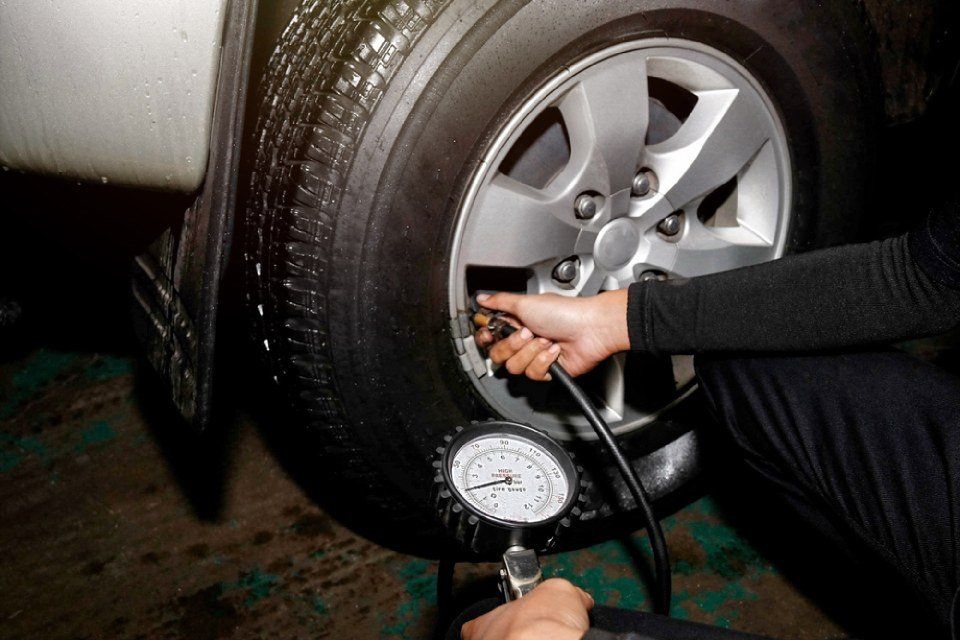 The pressure gauge is mandatory installed on the compressor for pumping wheels - it is he who allows you to adjust the pumping process and the required amount of air supplied to the tire. But it can also be used separately to determine the existing pressure.
The pressure gauge is mandatory installed on the compressor for pumping wheels - it is he who allows you to adjust the pumping process and the required amount of air supplied to the tire. But it can also be used separately to determine the existing pressure.
It is easy to check the accuracy of the manometer. Use it immediately after the tire fitting, where you will adjust the inflation pressure in the tire to the desired value, and just check the readings.
2. Automatic tire pressure monitoring systems. For example, premium cars are equipped with direct pressure sensors that are installed directly into the wheel rim. Sensors measure tire pressure and temperature, and the information is sent to the on-board computer. When pressure indicators change, a warning signal is received, or information is displayed on the computer panel in digital and alphabetic form. Similar direct control devices can be purchased and installed separately: pressure control sensors are installed in the wheels, and the receiving device is installed in the passenger compartment.
A similar system is part of the anti-lock braking system (ABS), but it works differently. The ABS system does not measure tire pressure, but wheel speed, and draws conclusions. The fact is that when the pressure decreases, the diameter of the tire changes, and the wheel starts spinning faster in order to “catch up” with the rest. The system captures these changes, checks them against valid values stored in memory, and informs you of the mismatch.
3. Indicator caps are screwed onto the tire valves. These pressure sensors are transparent on top, and this part serves as an indicator: the change in color indicates the current state of the wheels. The obvious disadvantages of such a control system are that it is impossible to evaluate the change in tire pressure during movement with its help; a stop and a visual inspection are necessary.
How often should the tire pressure be checked?
Manufacturers recommend checking tire pressure once a month. But this is the minimum. Of course, under extreme operating conditions and sudden changes in temperature, it is not worth the risk and you need to check more often. And before a long journey or planned loads, checking the internal pressure in the tire is completely mandatory, even if it is extraordinary.
But this is the minimum. Of course, under extreme operating conditions and sudden changes in temperature, it is not worth the risk and you need to check more often. And before a long journey or planned loads, checking the internal pressure in the tire is completely mandatory, even if it is extraordinary.
Important: pressure measurement is carried out only on cold tires - that is, those that have remained without movement for at least 5 hours.
5 most important findings
1. Tire pressure affects ride comfort, vehicle handling and your own safety.
2. Under-inflated tires wear out faster, can burst at the side and heat up much faster when driving. With prolonged use of tires with reduced pressure, tires are completely deformed so that they can no longer be restored.
3. Overinflated tires lose reliable grip, and the car loses controllability. In addition, when driving on overinflated tires, the braking distance is greatly increased, and each bump becomes more noticeable.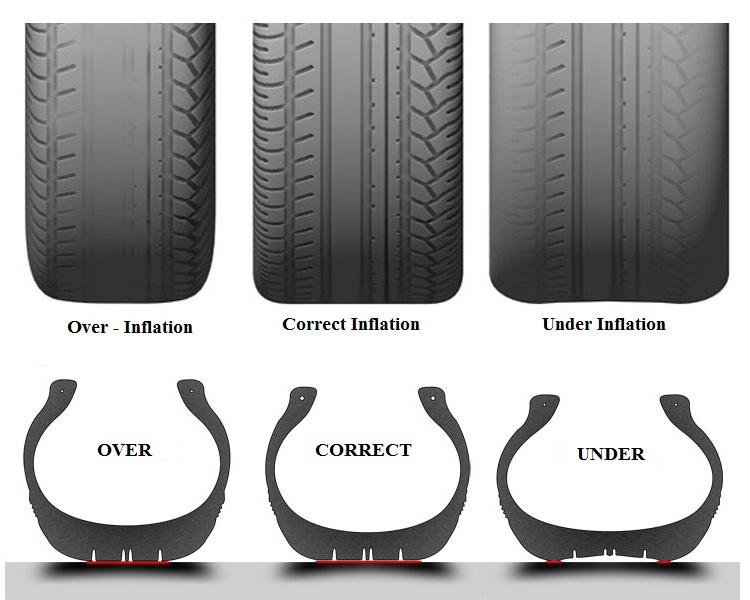
4. Check tire pressure at least once a month, and definitely before every long trip. A pressure gauge or automatic tire pressure monitoring systems will help with this. The pressure check is carried out on "cold" tires that have not been on the move for at least 5 hours. Temperature fluctuations, frosts, long trips in the summer and overheating of tires are an extra and important reason to double-check tire pressure.
5. Small changes in tire pressure can help you with excessive loads or off-road. But such changes should be short-term, after which the pressure must be restored to the norm recommended by the manufacturer.
What should be the pressure in the tires of the car? Does it need to be adjusted and what will happen if the pressure is changed in one direction or another?
- ALLO, I lowered the wheel!
— Absolutely?
— No, only from below…
Humor from the Net
Let's start with commonplaces. The pressure must be as specified by the vehicle manufacturer. And since the average modern driver usually does not have such information, especially for him, a "cheat sheet" with the necessary numbers is hung on the middle pillar on the driver's side or on the gas tank hatch cover.
The pressure must be as specified by the vehicle manufacturer. And since the average modern driver usually does not have such information, especially for him, a "cheat sheet" with the necessary numbers is hung on the middle pillar on the driver's side or on the gas tank hatch cover.
A relatively rare solution: the "reminder" is located on the gas tank cap.
A relatively rare solution: the "reminder" is located on the gas tank cap.
An important point: pressure should be measured only on cold tires. By the way, especially for pedants: cold tires are those on which the car has been without movement for at least 5 hours.
This "cheat sheet" nestled on the driver's door. An example of how tire pressure recommendations change depending on tire size.
This "cheat sheet" nestled on the driver's door. An example of how tire pressure recommendations change depending on tire size.
An example of how tire pressure recommendations change depending on tire size.
Since car manufacturers allow the use of tires of different sizes, different pressures may be required. In addition, the pressure in the front and rear tires has the right to both differ and be the same.
And here there is no difference in the recommendations: what is in front, what is behind is the same.
And here there is no difference in recommendations: what is in front, what is behind is the same.
Related materials
Seasonal tire change: everything car owners need to know
Reduced pressure leads to an increase in tire deformation, greater heating during wheel rolling, and accelerated wear of the outer tread tracks. Perhaps even a violation of the integrity of the frame. As a result, fuel consumption increases.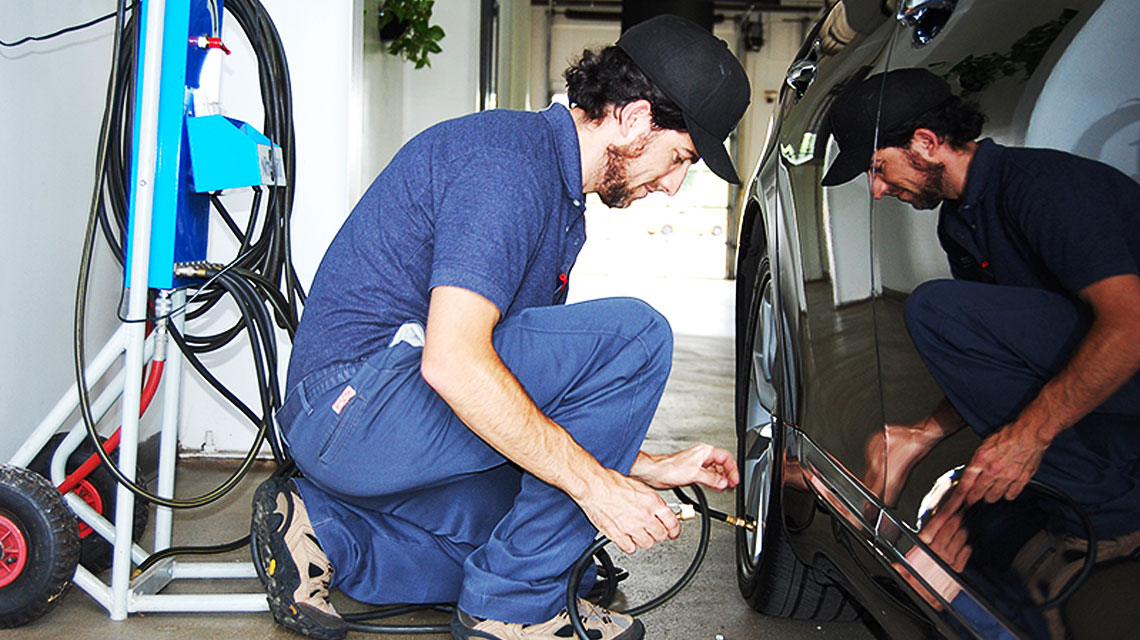 If you hit a hole in the road, the likelihood of damage to both the disk and the tire is higher.
If you hit a hole in the road, the likelihood of damage to both the disk and the tire is higher.
Increased pressure is an overstress of the cords, increased wear of the middle part of the tread. In addition, when driving on a bad road, the shocks that are transmitted to the suspension and body will become more noticeable for riders. When hit in a pit, the likelihood of a tire burst increases.
Uneven pressure on all four wheels is the worst thing! At the same time, the car, while driving, inevitably leads the wheels with lower pressure to the side - in fact, sideways movement begins.
Tube tires of the past required a weekly check, especially before the advent of butyl tubes. Then the pressure began to be checked less often, and nowadays, as a rule, they are limited to visual inspection.
Tube tires of the past required a weekly inspection, especially before the advent of butyl tubes.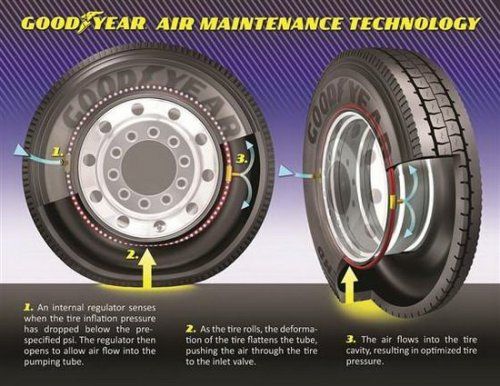 Then the pressure began to be checked less often, and nowadays, as a rule, they are limited to visual inspection.
Then the pressure began to be checked less often, and nowadays, as a rule, they are limited to visual inspection.
In a good way, you should check your tire pressure at least once a month. And before a long journey - just a must.
Related materials
Budget Tire Compressor Test: Wrong Bees
The air pressure in an enclosed space changes by approximately 0.1 bar for every 10 degrees of temperature change. This allows, having installed summer wheels in April, not to worry about the pressure in them until the end of August, when the air temperature begins to drop. Having pumped up the wheels at the end of summer, you can already reach the seasonal shift. But having installed winter tires in October, with the first frosts, you should check the pressure a couple more times: when the temperature drops to minus ten, fifteen, and when it goes over minus twenty. But from the middle of winter until the moment of changing the wheels to summer ones, there is again a period of relaxation.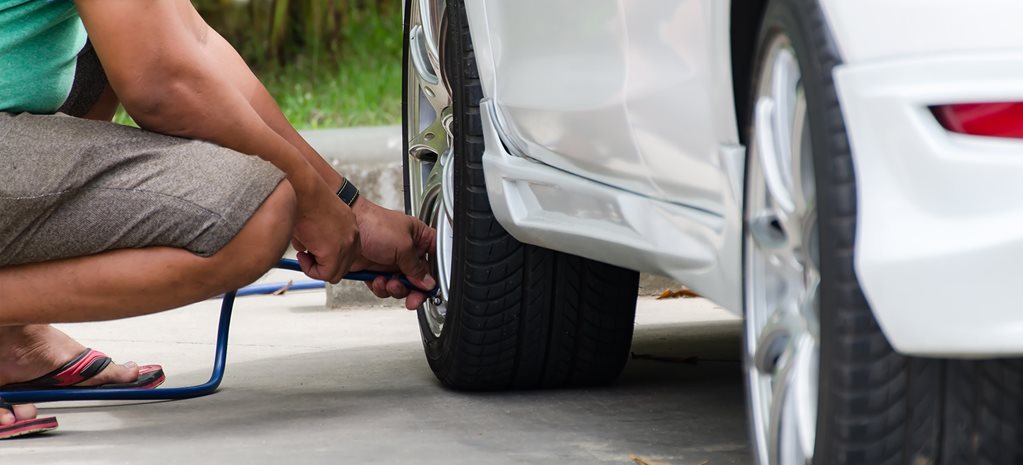
Electronics are increasingly thinking for us. Now, a tire pressure monitoring system is being installed on parts of production cars. Moreover, some simply read the wheel speeds through the ABS sensors: after all, a flat tire rotates faster, since its radius is smaller than that of inflated wheels. There are also sensors that evaluate the amount of air pressure and send information via radio to the "brains" of the car. Such devices can also be purchased separately: sensors - in the wheels, and the receiver - in the car.
By the way, a lot depends on the road you are going to take.
The owner's manuals supplied with the vehicles indicate that it is recommended to increase the pressure by 0.2-0.3 bar before driving for a long time on expressways. We advise you to follow these recommendations on all cars: it will not get worse.
The operating instructions supplied with the vehicles state that it is recommended to increase the pressure by 0.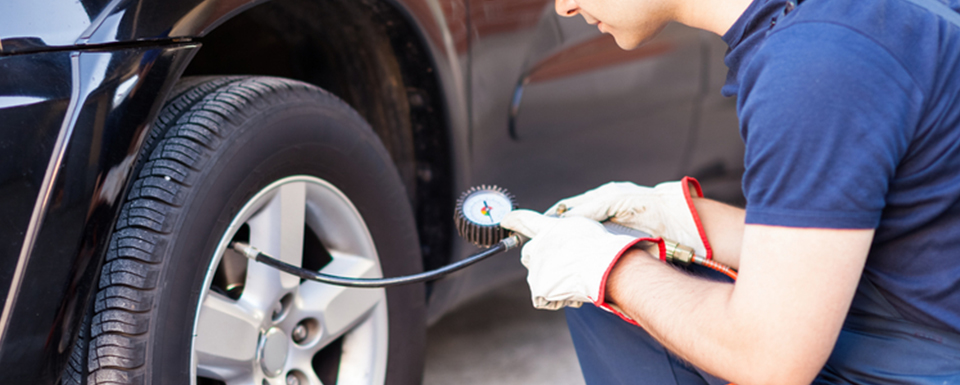 2-0.3 bar before driving for a long time on highways. We advise you to follow these recommendations on all cars: it will not get worse.
2-0.3 bar before driving for a long time on highways. We advise you to follow these recommendations on all cars: it will not get worse.
I don’t want to discuss overload: this, you see, is not the case. But, unfortunately, many deliberately overload the car several times a year, not only stuffing the interior and trunk to the eyeballs, but also attaching a trailer, which additionally loads the rear wheels of the tractor. In such cases, we advise you to increase the pressure in the rear tires by at least 0.2–0.3 bar. Tires will only thank you.
If you doubt the accuracy of your pressure gauge, then we advise you to check it immediately after leaving the tire shop, where you were set the obviously necessary pressure, to measure it with your own measuring device (separate or as part of the compressor). So you determine whether your pressure gauge is "lying" a lot. For the future, right on the dial, you can put a mark of the correct value.
Of course, it is better to have your own, known to be correct pressure gauge, but such a toy is not cheap.
Of course, it is better to have your own, known to be correct pressure gauge, but such a toy is not cheap.
If terrible ice has caught you on summer tires, for example, in the country, and you need to drive some distance along an absolutely icy road by any means, then you should reduce the pressure in the tires to approximately 1.6 bar. Is it bad for tires? Yes. But an accident will cost more. In addition, in such a situation, one does not have to wait for high speed, and overheating of tires at near-zero temperatures most likely will not happen.
Everyone knows what caused the excellent maneuverability of Soviet tanks? That's right: wide tracks, that is, low pressure on the ground. We, having an ordinary, non-all-wheel drive car, are also able to provide it with a similar cross-country ability.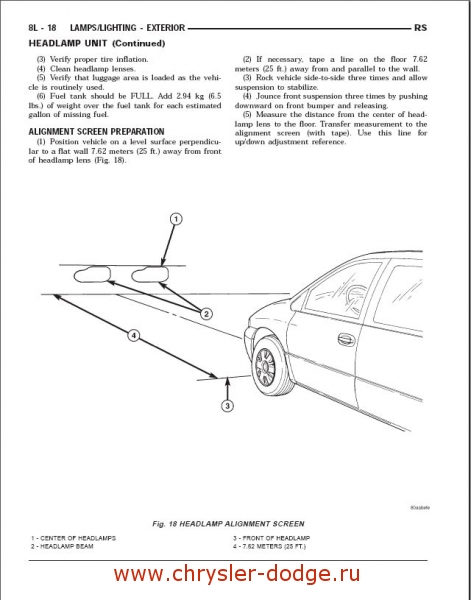 If the wheels of the car sink into sand, snow or sticky mud, then it makes sense to lower the tire pressure. And not only driving, but also driven wheels.
If the wheels of the car sink into sand, snow or sticky mud, then it makes sense to lower the tire pressure. And not only driving, but also driven wheels.
We know from experience that it is often possible to get out of the “black spot” by reducing the pressure to 1.2 bar.
We know from experience that it is often possible to get out of the "black hole" by reducing the pressure to 1.2 bar.
In a very critical situation, if you know that you have a fairly narrow disc and a relatively wide tire (such a wheel has a lower chance of self-unraveling), you can reduce the pressure to 1.0 bar.
Stalled on wet grass? Try to relieve pressure.
Stalled on wet grass? Try to relieve pressure.
Pressure reduction is also useful in other cases - for example, to overcome diagonal hanging. If you reduce the pressure in the wheels on which the car rests, their height will decrease and there will be a chance to “hook” on the suspended wheels.